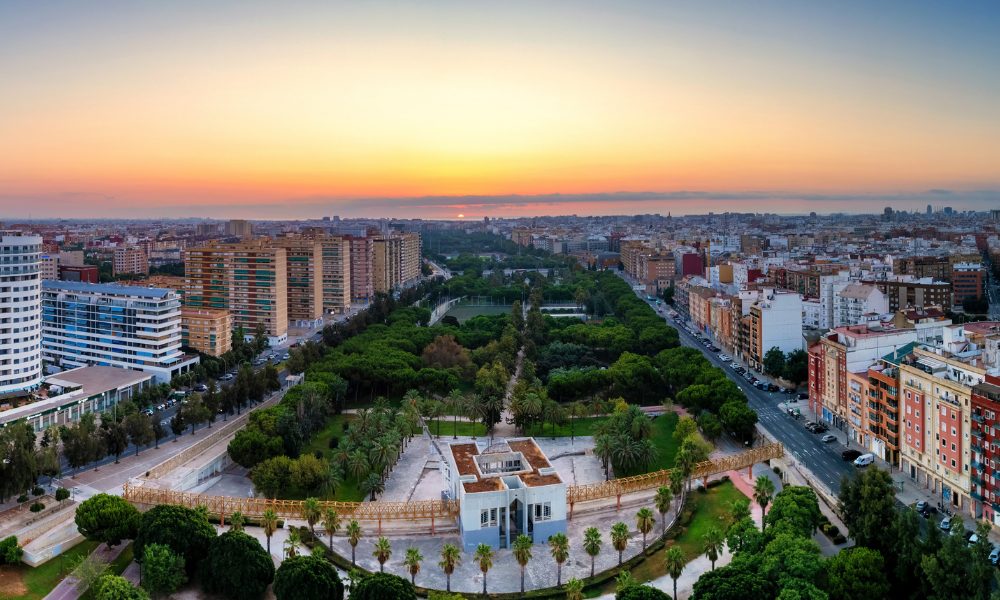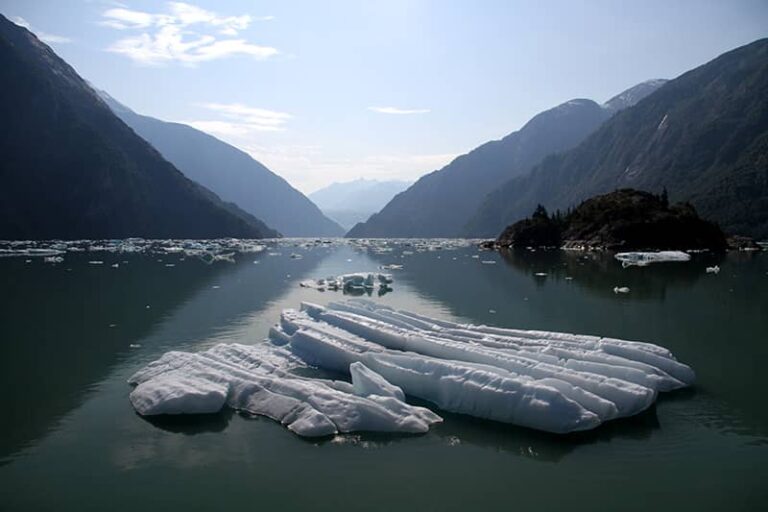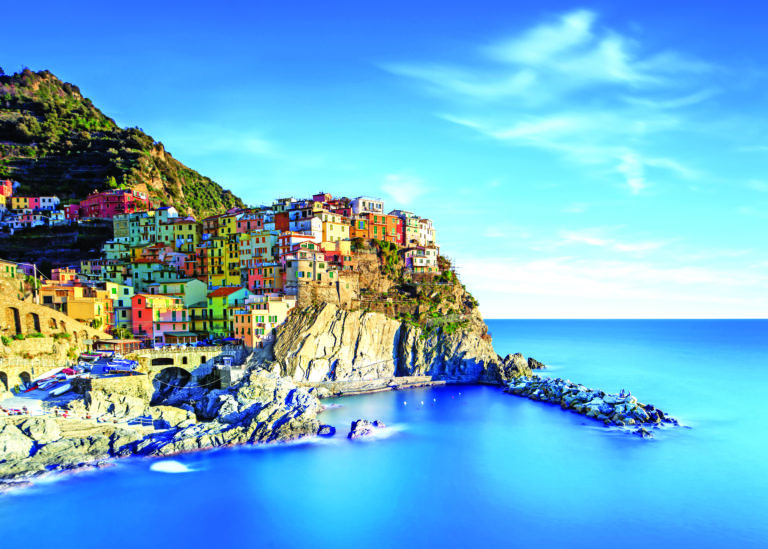For Valencia, the title is long overdue.
After Tallinn last year, Grenoble in 2022 and Lahti in 2021, the award acknowledges the environmental efforts of the city of 837,000 inhabitants. Of those, 97% live within 300m of green urban areas.
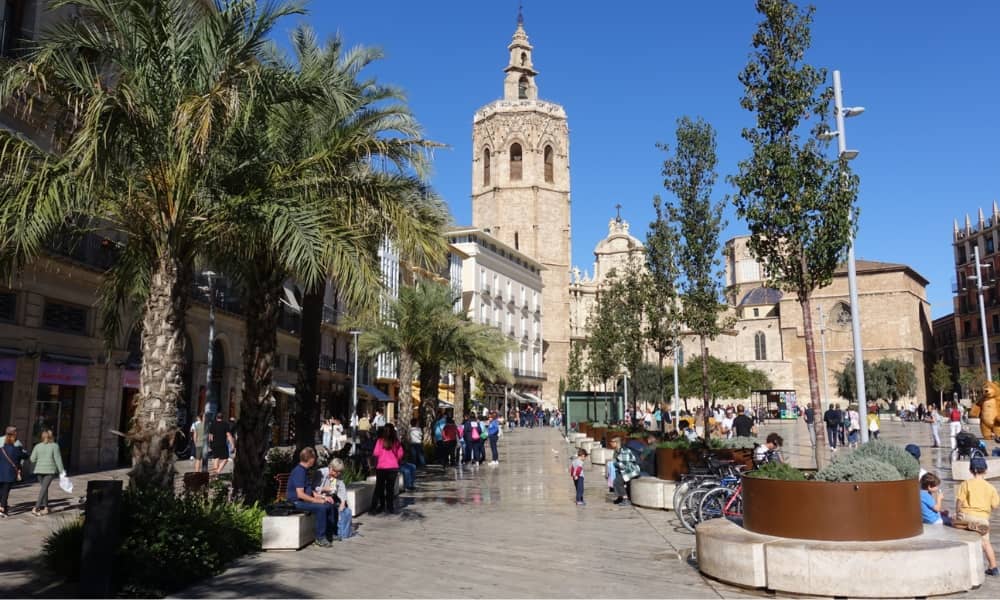
A few decades ago, Valencia’s city planners converted the dried-out Turia River into the 9km long Turia Garden, one of the most beautiful parks in Spain, and not – as might otherwise have been considered – into a motorway.
“That was the beginning of our sustainability,” says Antonia García, Valencia’s director-general for the Green Capital. García says the title is the “reward for the past and an incentive for the future.”
Natural parks, beaches, swamps and lakes
When it comes to the potential of its natural surroundings, Valencia has plenty of credentials beyond Turia Park.
There’s the Mediterranean Sea with the sweeping sandy expanses of El Cabanyal beach, the fruit and vegetable fields of the historical farming region of Huerta just outside the city, and the natural park Albufera to the south with its freshwater lake which is separated from the Mediterranean only by sand dunes.
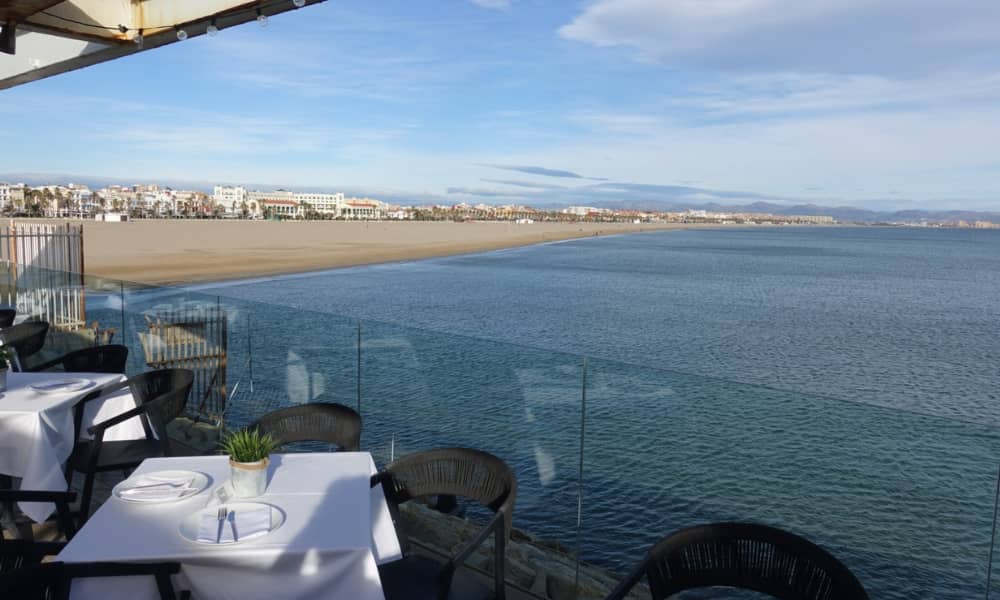
A tour of the lake by boat leads past a landscape of swamps, canals, and rice paddies. In addition, the lake is a paradise for birds, with more than 300 documented species. Further on, boat captain Jaume Dasi points out a colony of ibises. Missing today are the flamingos which are also commonly seen.
Dasi is happy that soon all diesel-powered boats on the lake are to be replaced by boats with electric motors. “This is also better for me because of the noise,” the 40-year-old says.
Green emphasis -but a few incongruities
To address noise and better air quality Valencia recently converted three main squares into pedestrian zones. Where previously exhaust-spewing sightseeing buses would noisily drive past the cathedrals, you can now breath easily.
According to a report in the El Confidencial newspaper, four out of five residents in these areas were in favour of the measures to cut down on traffic. This figure was based on 2,358 face-to-face meetings with representatives of the town hall.
Palm trees, olive trees and planters provide new green accents.
Nevertheless, the difficulty remains in trying to portray the city of 840,000 with its broad, vehicle-filled streets and nerve-wracking rush hour traffic as being an overall climate-friendly place. This balancing act does not always work, even though Antonio García notes how the bicycle path network in and around the city has grown to 190 kilometres. “The use of bicycles has become part of the DNA of Valencians,” he says.
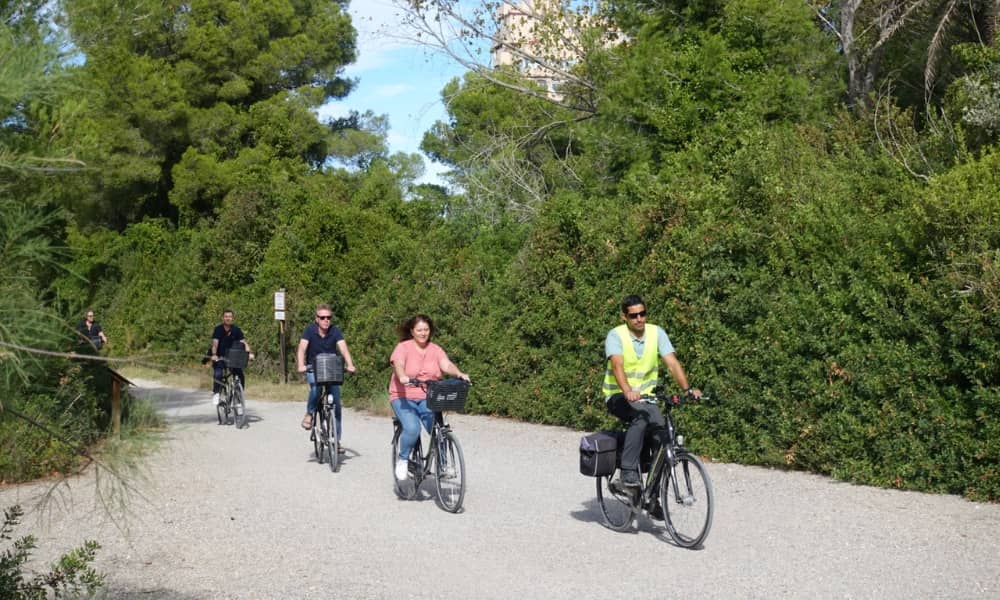
However, residents cannot take care of all their shopping needs travelling by bike or public transportation. Beyond that, by Spanish standards the prices are steep in the central market square which is popular with tourists. This makes it difficult to support local producers and the “zero kilometre concept” of minimal transportation distances and low impact on the environment.
“Fresh from the Huerta” sounds well and good. But locals ask: Why should a kilogram of tomatoes cost €5 and a kilo of tangerines as more than €3? And so, many a shopper will head to the supermarket with its cheaper imported food, the “zero kilometre concept” notwithstanding.
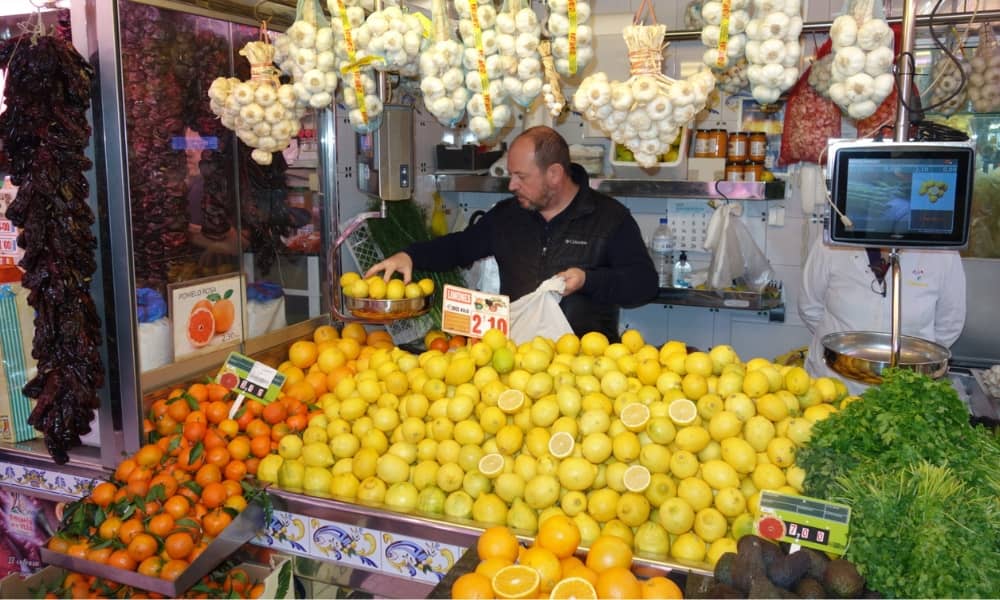
The incongruities will continue in March, when Valencia celebrates its annual “Fallas” festival. Low noise and clean air are said to be the indicators for a green capital. But when Fallas arrives, it means one of the loudest and most contaminated popular festivals in Spain.
Exploding fireworks are a source of joy, and the “Night of Fire” – March 19 to 20 – will see hundreds of wooden and paper-mâché figures and ensembles go up in flames and smoke to symbolically greet the arrival of spring. There is hardly a more superfluous burden on the environment – but tradition is tradition. Even in this green capital, nobody wants to go without it.
Cycling the Turia riverbed
Those who love clean air should visit before or after Fallas. And an ideal means of getting around is the bicycle. You can pedal on down to the sea and to the marina, through the fertile Huerta fields or on the what was previously the bed of the Turia River, now one of Europe’s longest riverfront parks.
Palm trees and pines line the route, along with oleander, orange trees and bougainvillea. Then there’s the water gardens of the City of Arts and Sciences, a monumental work by star architect Santiago Calatrava. Here, impressions and colours explode and offer an appealing atmosphere of complete peace and quiet.


